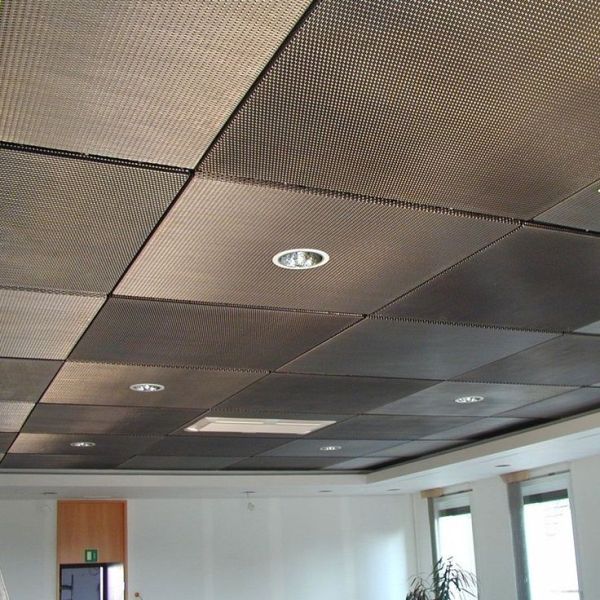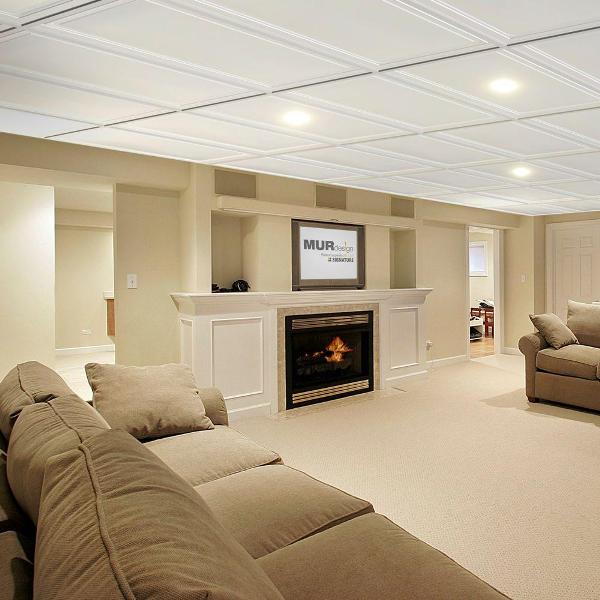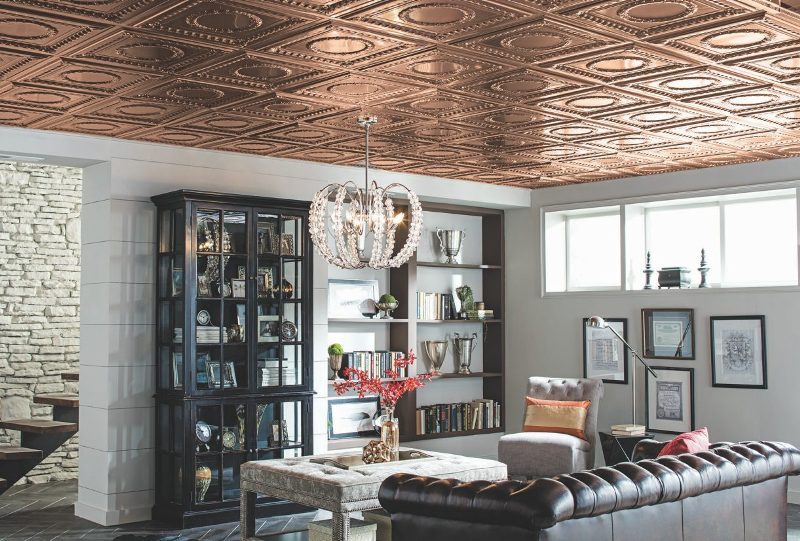People hardly ever pay attention to ceilings. Unless they’re something to behold like those in the Sistine Chapel in Rome or the Sensou-Ji Temple in Japan, ceilings go largely unnoticed. Indeed, some homes and offices opt to do away with ceilings completely and go with a bare-bones, industrial look. Nevertheless, there are still many who prefer to install ceilings for both aesthetic and practical purposes.
One popular type of ceilings used in both domestic and commercial settings are suspended ceilings. Also called dropped ceilings, suspended ceilings are often used to hide pipes, vents, and wires. Suspended ceilings are hung below the roof and are therefore secondary ceilings (the primary ceiling being the underside of the roof).
There are three different kinds of suspended ceilings, all of which can be constructed with various materials depending on your preferences. Below is a quick primer on all three.
Panel and Tile Suspended Ceilings

Panel and tile systems are the most popular kinds of suspended ceilings. They’re relatively affordable and also quite easy to install.
Panel and tile systems are composed of long strips (mains) connected by shorter strips (tees), forming a grid or lattice pattern. This grid is then filled with panels to form the ceiling. The panels are often white in colour and made from mineral fibre. However, these panels can also be made from vinyl, plastic, or even fibreglass.
One primary benefit of panel and tile suspended ceilings is accessibility. This is because the panels aren’t permanently affixed to the grid. If you need to access the space between for whatever reason, simply lift or push the panels up and out of the grid.
Hidden Grid Suspended Ceilings
Hidden grid or concealed grid suspended ceilings are like the sleeker-looking cousins of panel and tile systems. Hidden grid systems also make use of grids, but the panels are designed to fit edge-to-edge to conceal the framework. This type of ceiling is ideal if you want to create more complex patterns instead of the usual square or rectangular panel and tile systems.
Stretch Ceilings
A stretch ceiling is exactly what its name implies: one large panel that stretches across a vast frame. It’s the priciest option among the three, and is often custom-designed to ensure a perfect fit. Stretch ceilings are usually made from PVC, vinyl, wood, or wood veneer. Some stretch ceilings are also finished with a decorative fabric. Moreover, this type of suspended ceiling can be easily sculpted to create a more dimensional style. However, do note that stretch ceilings are more difficult to repair compared to panel and tile or even hidden grid systems.
If you’re not sure with what kind of suspended ceiling you want for your home or office, it’s best to consult ceiling experts like Heron Ceilings. They can provide you with design advice to help you achieve the look you want.
The Benefits of Suspended Ceilings

Now that you’re familiar with the types of suspended ceilings, it’s time to discuss their many benefits. Chief among these is aesthetics. As earlier mentioned, suspended ceilings are often used to conceal infrastructure such as ductwork or wiring. These elements are left exposed for industrial interior designs and similar aesthetics, but don’t work as well with others. With suspended ceilings, it’s easier to achieve various looks. You also have a lot of options material-wise, including metal, plastic, and wood to match your budget and design preferences.
Another benefit of suspended ceilings is improved acoustics. Certain materials have enhanced sound absorption, which can be further improved with added insulation. This can help with soundproofing. At the same time, suspended ceilings can also trap noise so it’s easier to hear people or music within a confined space. If you have a home theatre, it’s best to get a suspended ceiling for quality acoustics.
Suspended ceilings also help improve safety. For example, in cases of fires or earthquakes, they can reduce property damage. More importantly, suspended ceilings can provide an extra layer of protection so that people will have more time to safely exit the building.
Suspended ceilings can also conceal sprinkler systems, without getting in the way of their functionality.
Manufacturers also continue to work toward the sustainability and efficiency of suspended ceilings. For example, many suspended ceilings nowadays are designed for maximum lumen efficacy and improved thermal insulation. There are also strides toward reducing the amount of resources used for constructing the tiles. In addition, more and more suspended ceilings are now using renewable, recyclable, or reused materials such as mineral fibres, recycled metal, and the like.
By paying more attention to ceilings, you can make your home or workplaces safer, more stylish, and more comfortable. If you’re in the process or remodelling or planning one in the near future, consider suspended ceilings and their benefits. For those who have already been using suspended ceilings, try another style or have a ceiling company customise a design. You might find something even better!






